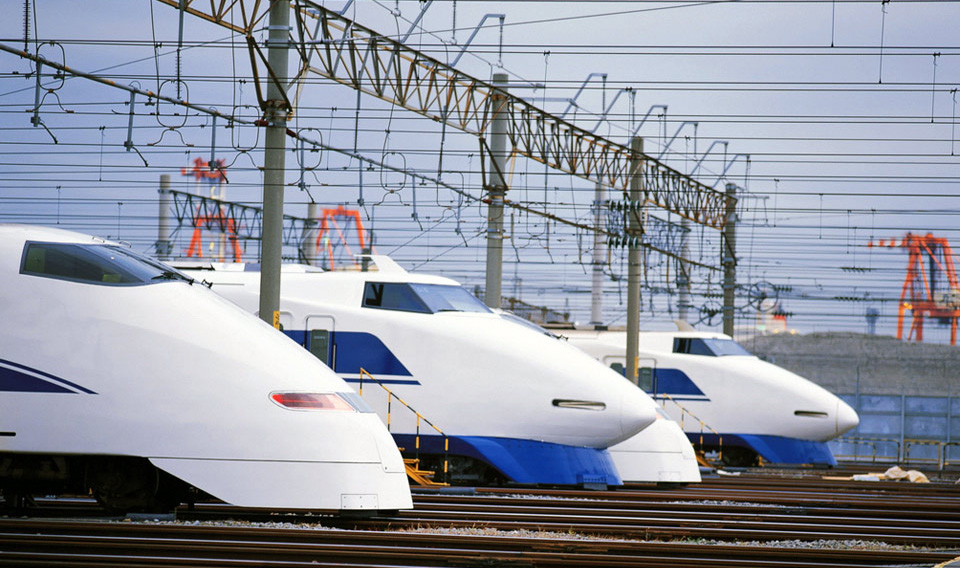
Attractive force
back to contentsAt the first stage of development of this mode of transport specialists of ROSATOM and Russian Railways will find engineering and technological solutions of key elements of the magnetic levitation-based transportation system and then an about 3-kilometer section of such system will be built in Ust-Luga seaport. The president of Russian Railways noted that the maglev-based transfer technology would be used first to ship containers and then, possibly, it will be expanded to other types of the rolling stock. “In terms of the implementation, when the technologies are mature, when the scientific ideas and their economic implementation match, they will become the railroad,” Vladimir Yakunin said.
New market segment
First pilot specimens of such trains already exist in the world, in Japan, China and South Korea. A key difference of the Russian project is that the Russian train will not need to get up speed to ascent; it will be able to ascent right at once and start moving (the foreign analogues need up to 50 km to get up speed).
ROSATOM and Russian Railways hope to set up joint production, which will not depend on imported component parts. “By this we create a new high-tech segment of the domestic market and in future we will be able to compete with foreign producers outside Russia as well,” ROSATOM CEO Sergey Kirienko said.
The maglev trains will require entirely new tracks. “There is already a 250-meter section of superconducting magnets in St. Petersburg NIIEFA,” Sergey Kirienko said. NIIEFA is the leading research, design and engineering center of ROSATOM for development of electrophysical apparatus and complexes used to solve scientific and applied problems of plasma physics, atomic and nuclear physics, elementary particle physics, health care, radiation and power engineering technologies, and noninvasive imaging. The institute has a substantial engineering backlog of design and development of various magnetic systems of electrophysical apparatus based on permanent magnets and superconductor materials, as well as experimental facilities.
The agreement also provides that Russian Railways and ROSATOM will jointly develop technologies for monitoring of railway transport conditions, non-destructive inspection and vibration diagnostic techniques, innovative systems for luggage inspection, develop new materials etc. ROSATOM’s institutes already have developments in these areas. NIIEFA has developed a non-destructive inspection complex for rolling stock. The EFASCAN-3 system makes possible to carry out customs inspections of railcars, containers, tank cars etc. without opening them. The use of this system will help to find hiding places of nearly any size (with the container’s wall thickness of up to 150 mm in steel equivalent).
The Dukhov NIIA (ROSATOM’s institute, which runs defense and civilian programs) has outfitted more than 60 railway stations with radiation monitoring and security systems. ELERON, a scientific and production association of ROSATOM, soon will merge efforts with the Dukhov VNIIA to outfit Moscow subway with radiation protection systems.
ROSATOM is also ready to supply Russian Railways its railway transport condition monitoring systems. These are systems for noninvasive inspection of automatic couplers, axle equipment of wage wheels and rolling stock systems.
It is also possible to use in Russian Railways interests the computer modeling techniques and supercomputer technologies available to Sarov-based nuclear center of ROSATOM (Russian Federal Nuclear Center – All-Russia Research Institute of Experimental Physics, VNIIEF). It is ready to provide up tp 100 teraflops of computing capacity to Russian Railways (capacity to compute at a speed of up to 100 trillion operations per second). It is not just a matter of providing capacities; it is also the use of software developed by VNIIEF. It will give Russian Railways new capabilities of designing complex engineering systems, substantially improve transportation safety, and raise quality of movements control.




